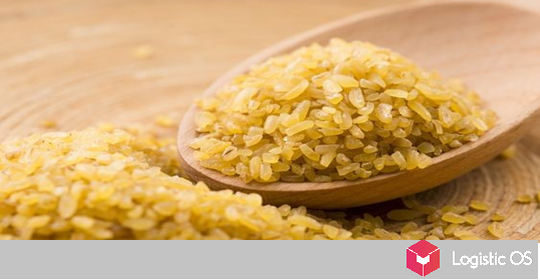The latest data show that the cost of this crop has grown so much today that it even exceeds the price of wheat.
On September 1-7, wheat in deep-water ports of Russia cost about 16 thousand rubles per ton. This is a decrease of up to 400 rubles, compared to the week before last.
At the same time, the price of barley in early September reached 16.5 thousand rubles per ton. Thus, the fact is that this crop really costs more than wheat.
One of the reasons for such a rise in prices for it could be the growing domestic demand, experts note.
For example, barley has recently become popular among Russian livestock breeders. At the same time, the supply remains at the same level, which, in turn, causes an increase in prices.
At the same time, barley shipments for export cannot be called active. On the contrary, they are proceeding at a rather sluggish pace.
Therefore, this crop is currently mainly in demand on the domestic Russian market, while the prospects for increasing its export volumes outside the Russian Federation are rather vague.
This year, experts expect that Russia will harvest about 19-20 million tons of barley. This is a significant increase compared to the results of 2024, when the harvest volume was about 17 million tons.
At the same time, barley harvesting has already been completed in most regions of Russia, and this allows us to conclude that the actual harvest will most likely be close to the forecast values.
“If we believe the harvest forecasts, there should be quite a lot of barley, which means that its prices should decrease against the background of very low export shipments.
And they are not decreasing,” notes Arkady Zlochevsky, President of the Russian Grain Union (RGU). At the same time, he admits that other factors may also shape the price of barley.
As for the wheat harvest in 2025, most analysts agree that it will be around 85-90 million tons. This is a fairly optimistic forecast.
If it is realized, the wheat harvest this year will be a record, second only to the volumes of 2022: 104 million tons. This is despite the fact that this year there has been a decrease in the area under wheat by about 3 million hectares.
As for the total grain harvest in the Russian Federation, there is every reason to believe that it will be around 157 million tons.
This level will not only fully satisfy Russia’s domestic needs for grain, but also maintain a fairly large potential for export, experts say.

